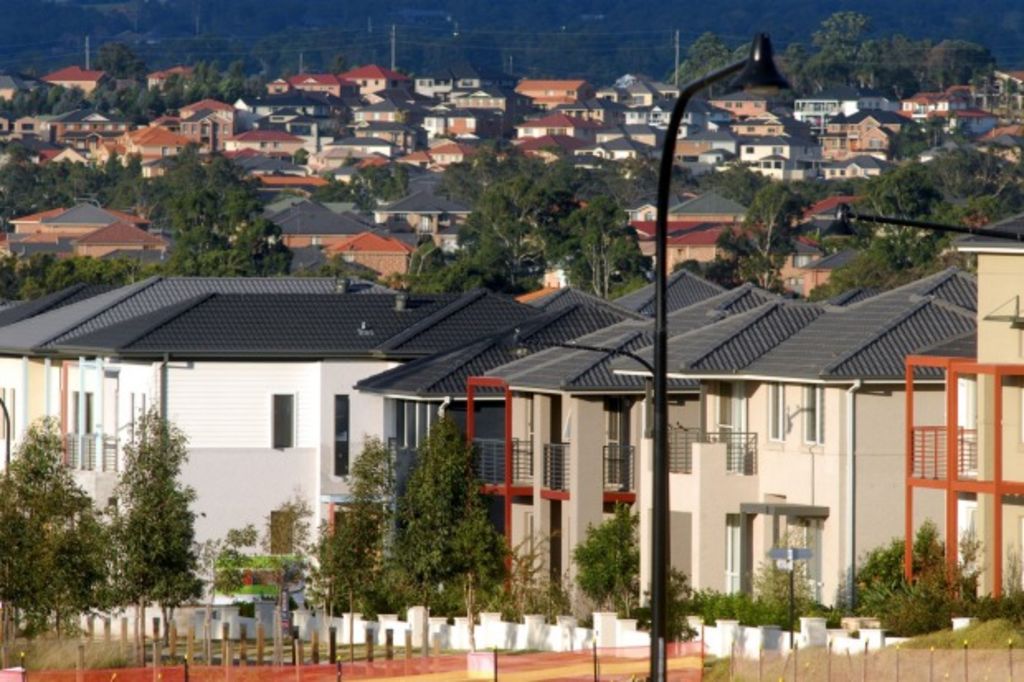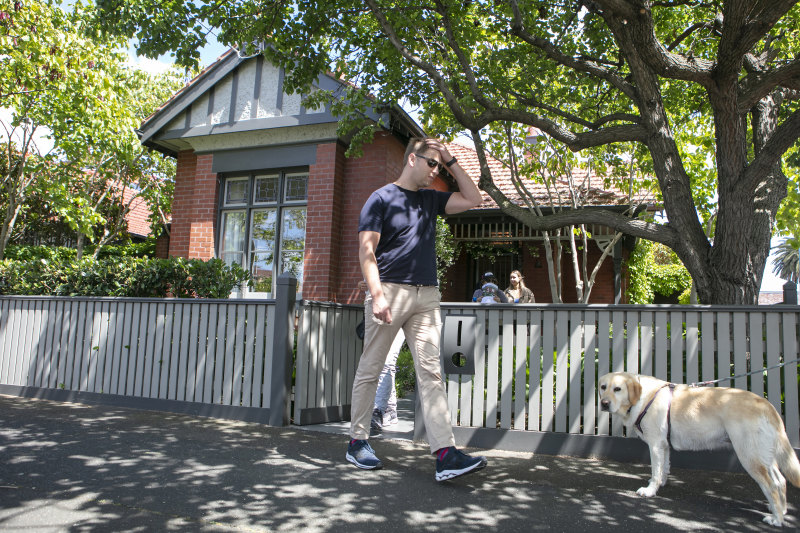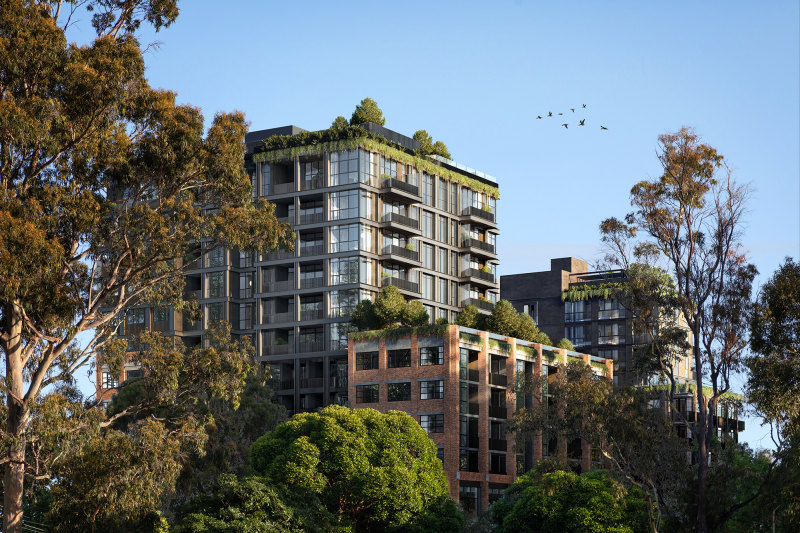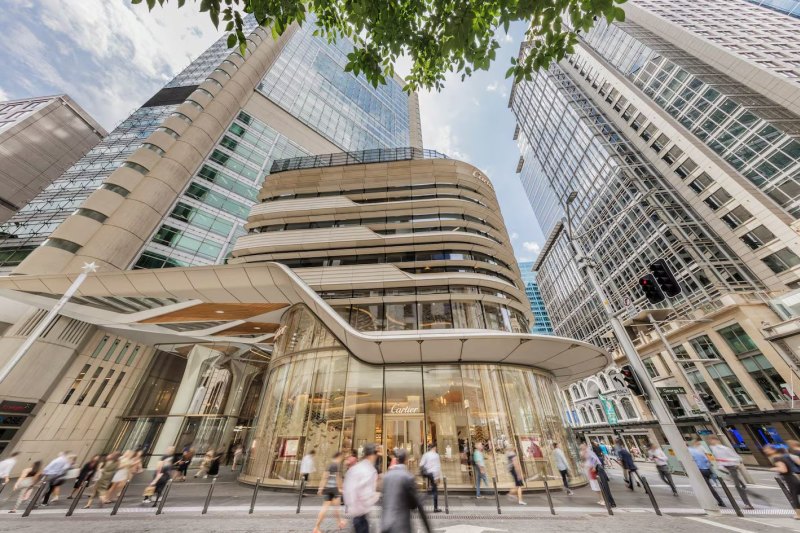Blacktown joins the list of unaffordable Sydney suburbs in which to rent

Sydney’s housing squeeze has reached a new threshold: Blacktown has slipped into the unaffordable category for renters.
It was once a haven for families in search of inexpensive housing but now Blacktown has moved from an “acceptable” level of affordability to “moderately unaffordable” according to the latest rental affordability index published by Shelter Australia, Community Sector Banking and SGS Economics and Planning.
Greater Sydney has long been Australia’s most expensive city for renters and the index shows nearly all suburbs in the affordable range are now at least 45-50km from the central business district.
Most suburbs east of Parramatta are “severely unaffordable” and 14 postcodes clustered around Sydney harbour have the highest possible rating of “extremely unaffordable.” An “extreme” rating means tenants are paying more than 60 per cent of Sydney’s average weekly household earnings on rent. It is generally accepted that a household is in housing stress if it pays more than 30 per cent of disposable income on rent.
The index results indicate that service workers crucial to the urban economy including teachers, nurses and retail workers must now pay in excess of 50 per cent of their incomes to rent anywhere within 15-20km of Sydney’s CBD.
The report paints a bleak picture of rental affordability across Australia. It said many of the nation’s lowest-income households are paying up to 85 per cent of their income on rent and that the rental affordability crisis is extending to professionals.
“Middle-income households are … falling into housing stress as high rents chew up incomes that aren’t keeping pace with rising housing costs,” said Adrian Pisarski, Executive Officer of National Shelter. “It is clear that rental unaffordability is dividing Australia.”
Ellen Witte, an associate at SGS Economics & Planning, said the proportion of Australian households renting has grown to 35 per cent, with many struggling to make ends meet and cover other essential living costs like transport, food and utility expenses. “Single income households are the worst off and the trend over the last five years has mostly seen no improvement, except in Perth, where the mining downturn is likely to have taken the heat out of rents,” she said.
Analysis of historical data in the report reveals a marked deterioration in rental affordability since the early 2000s, especially in NSW and Queensland.
“Long-term trends in most cities present a pessimistic outlook for rental affordability,” Ms Witte said. “More young Australians are being squeezed out of the owner-occupier property market due to high housing costs, and this is driving up demand and prices for rental accommodation, exacerbating the rental accommodation shortage.”
Ms Witte said the deterioration in affordability coincided with the introduction of the 50 per cent discount on capital gains tax in 1999, and the fact that for the first time in decades, new housing stock was falling behind demand.
“This resulted in a surge of investment in housing, driving up prices, and pushing out first home buyers, forcing them to rent,” she said.
While much of Sydney is deemed very unaffordable the report said there are signs “affordability levels have stabilised” in the city recently and there are pockets on the outer urban fringe where there have been “slight improvements.”
We recommend
We thought you might like
States
Capital Cities
Capital Cities - Rentals
Popular Areas
Allhomes
More







